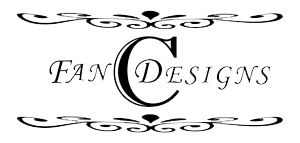Irish Wedding Traditions
Few cultures have wedding traditions as creative and fun as the Irish. Traditional Irish weddings have changed over the centuries, but kept the ever blooming Irish spirit alive through being rethought and recreated from generation to generation. If you’ve ever wondered what a Claddagh ring is, or where the phrase “your goose is cooked” came from, look no further than a good old fashioned Irish wedding.

One old Celtic tradition is Handfasting, or literally tying the hands of the betrothed together before the ceremony. In ancient Ireland this was a symbolic gesture meant to make the bride and groom think about whether or not they were really ready to commit. Today, handfasting is sometimes done during the wedding ceremony to celebrate unity and call upon Irish tradition.
Centuries ago Sunday weddings were common in Ireland, as it was a day off from work and considered a holy day. However, Sunday weddings eventually became considered disrespectful to god, and thus unlucky. They have since become a rare occurrence.

Another tradition is “The Magic Hanky”, a handkerchief carried around by the bride on her wedding day that would later be made into a christening bonnet for the first child. Keeping the hanky clean and intact was considered a good omen for the marriage and future fertility.
The phrase “his goose is cooked” originates from an old Irish wedding tradition. In centuries past a goose would be cooked for the groom in the bride’s home the night before the wedding. Once the meal was prepared it was considered bad fortune for life to back out of the wedding, thus your goose being cooked meant there was no turning back now!

A Claddagh ring is a more well-known Irish wedding tradition. Worn now as a fashion accessory, Claddagh rings used to be worn by grooms on their wedding day. Before vows were said, the groom would wear the ring face out, and after saying “I Do”, the ring would be turned inward symbolizing that the wearer is forever taken.

